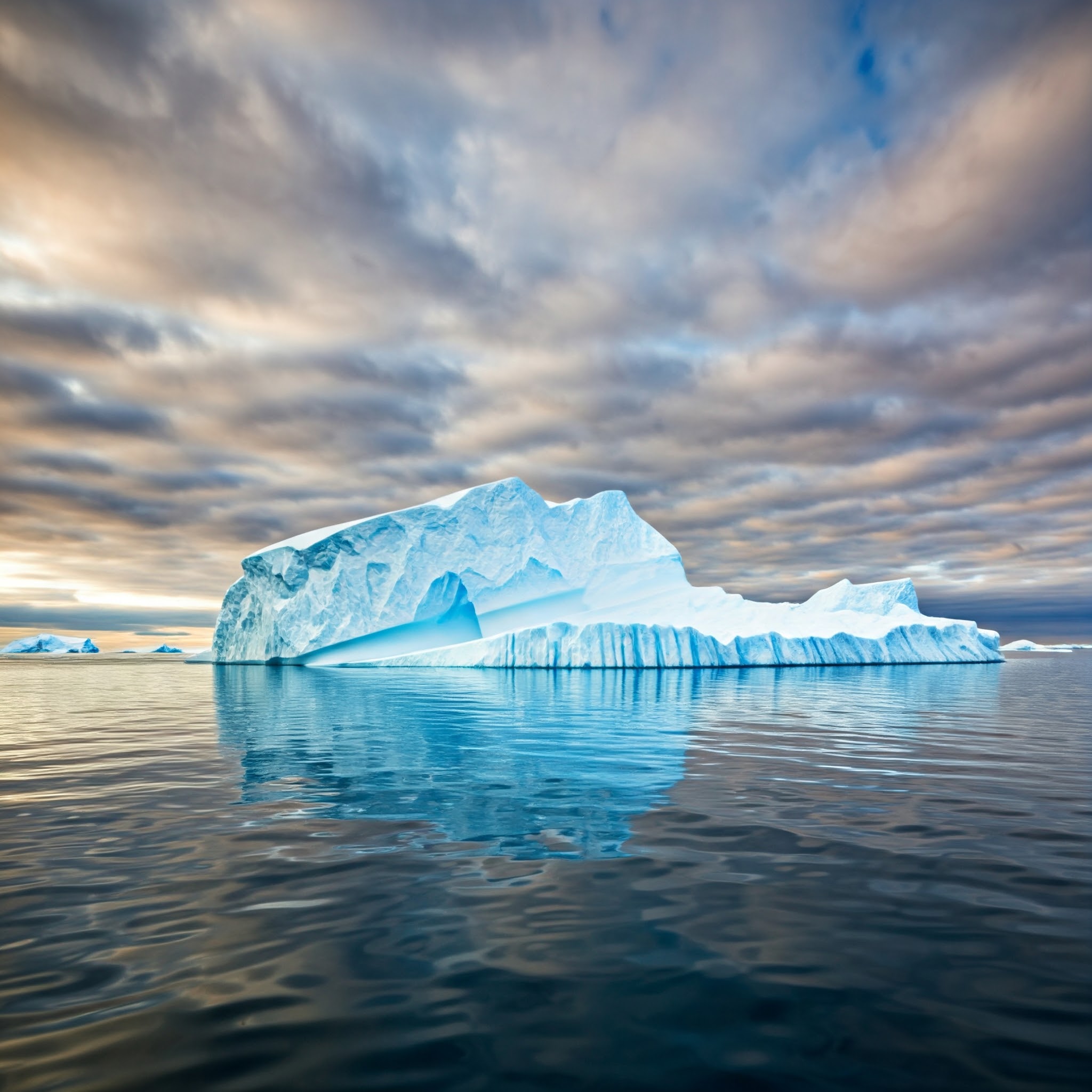The colossal iceberg A23a, the largest currently in existence, is drifting from Antarctica toward South Georgia, a British Overseas Territory in the southern Atlantic. Scientists and conservationists are closely monitoring the situation as this iceberg could pose significant threats to marine ecosystems, wildlife, and human activities in the region.
A23a: The Giant Ice Island
A23a spans a staggering 4,000 square kilometers, more than twice the size of Greater London. Originating from the Filchner Ice Shelf in 1986, this iceberg has remained largely stationary in the Weddell Sea until recent currents set it in motion. Known as an “ice island” due to its size, it is now around 280 kilometers (173 miles) from South Georgia.
Potential Impact on Wildlife
South Georgia hosts vital colonies of King penguins, elephant seals, and fur seals. If A23a grounds on the island’s continental shelf, it could:
- Block Feeding Access: Wildlife may struggle to reach key feeding areas, leading to starvation.
- Disrupt Breeding Cycles: Penguins and seals rely heavily on predictable feeding routes during breeding seasons.
Previous events, such as the grounding of other giant icebergs, have resulted in significant wildlife mortality due to restricted access to food.
What is the scientific significance of A23a?
A23a is of scientific interest because it is the largest iceberg in the world. Scientists are studying the iceberg to learn more about how icebergs form and how they impact the environment.
Here are some additional facts about A23a:
- A23a is about 400 square kilometers (154 square miles) in size.
- A23a calved from the Filchner-Ronne Ice Shelf in 1986.
- A23a is currently located about 200 kilometers (124 miles) east of the South Orkney Islands.
- A23a is moving in a northeasterly direction.
- The environmental impact of A23a is not yet fully known.
- A23a is of scientific interest because it is the largest iceberg in the world.
Reference: FP


Excellent breakdown of the topic.
Your writing style is engaging.
Your point of view caught my eye and was very interesting. Thanks. I have a question for you.
I love the structure of your explanation.
Just what I was looking for.
I love the structure of your explanation.
I appreciate the effort put into this post.
Bookmarking this for later.
Absolutely loved reading this!
Perfectly balanced between detail and simplicity.
Very practical and actionable tips.